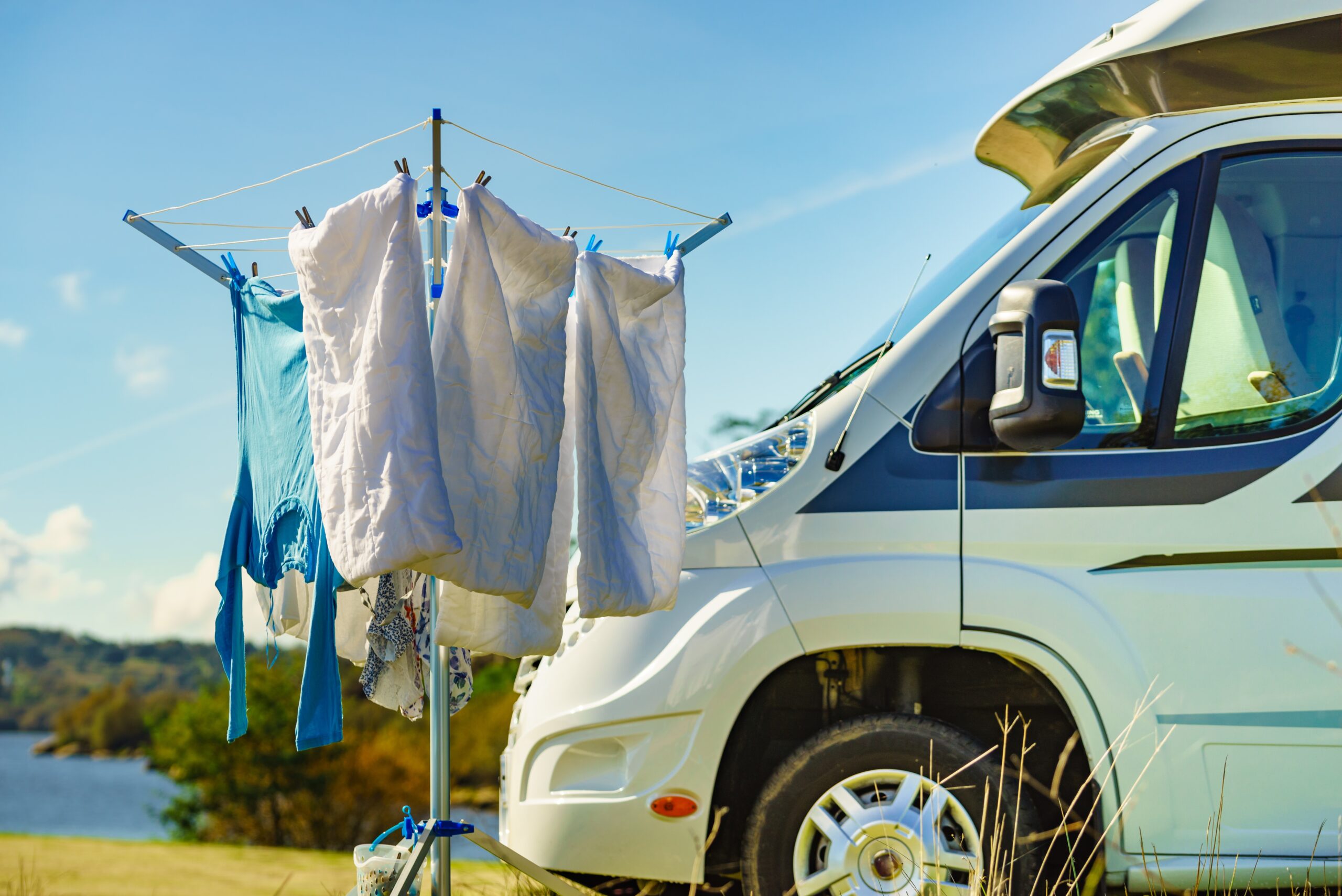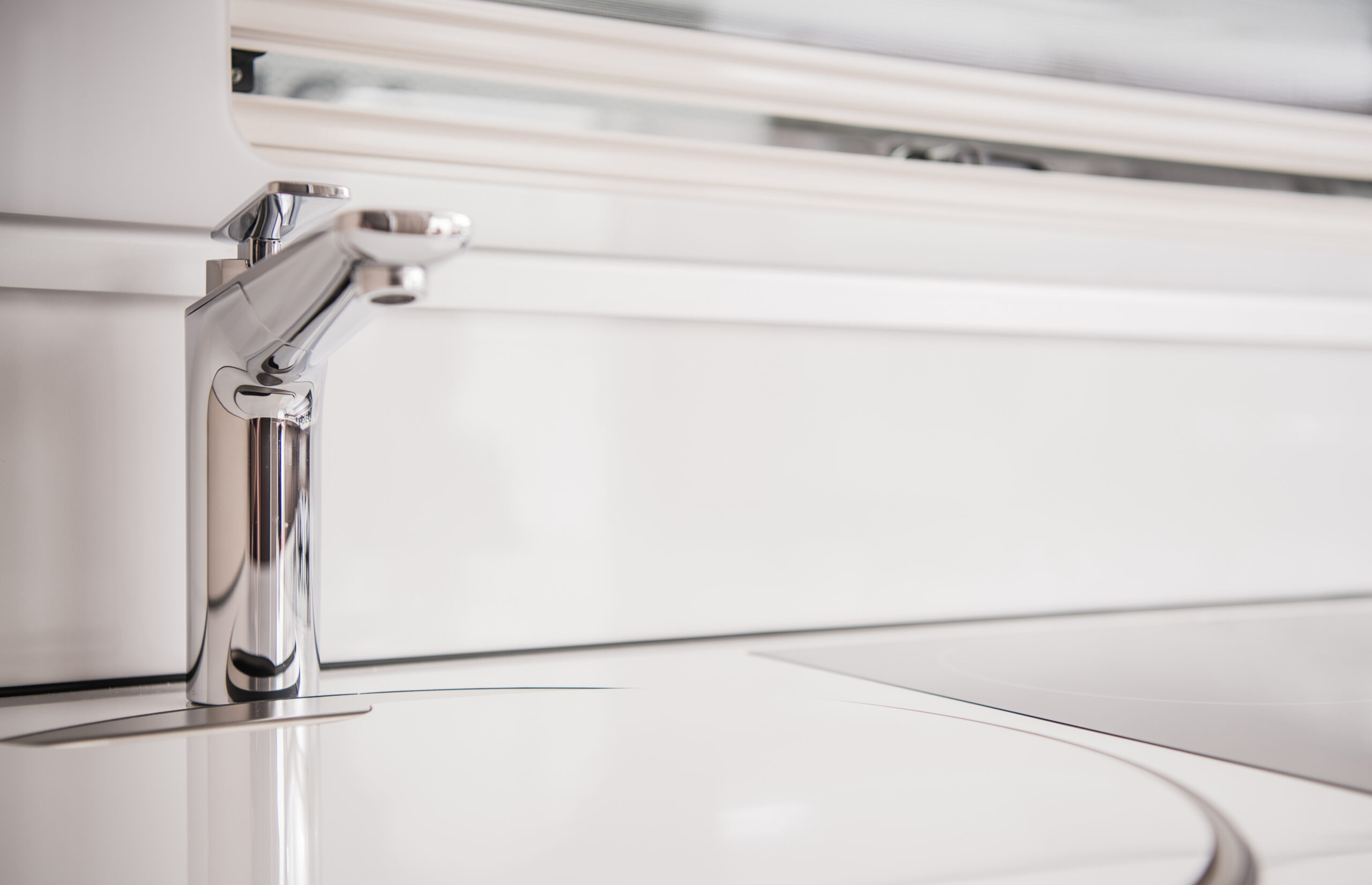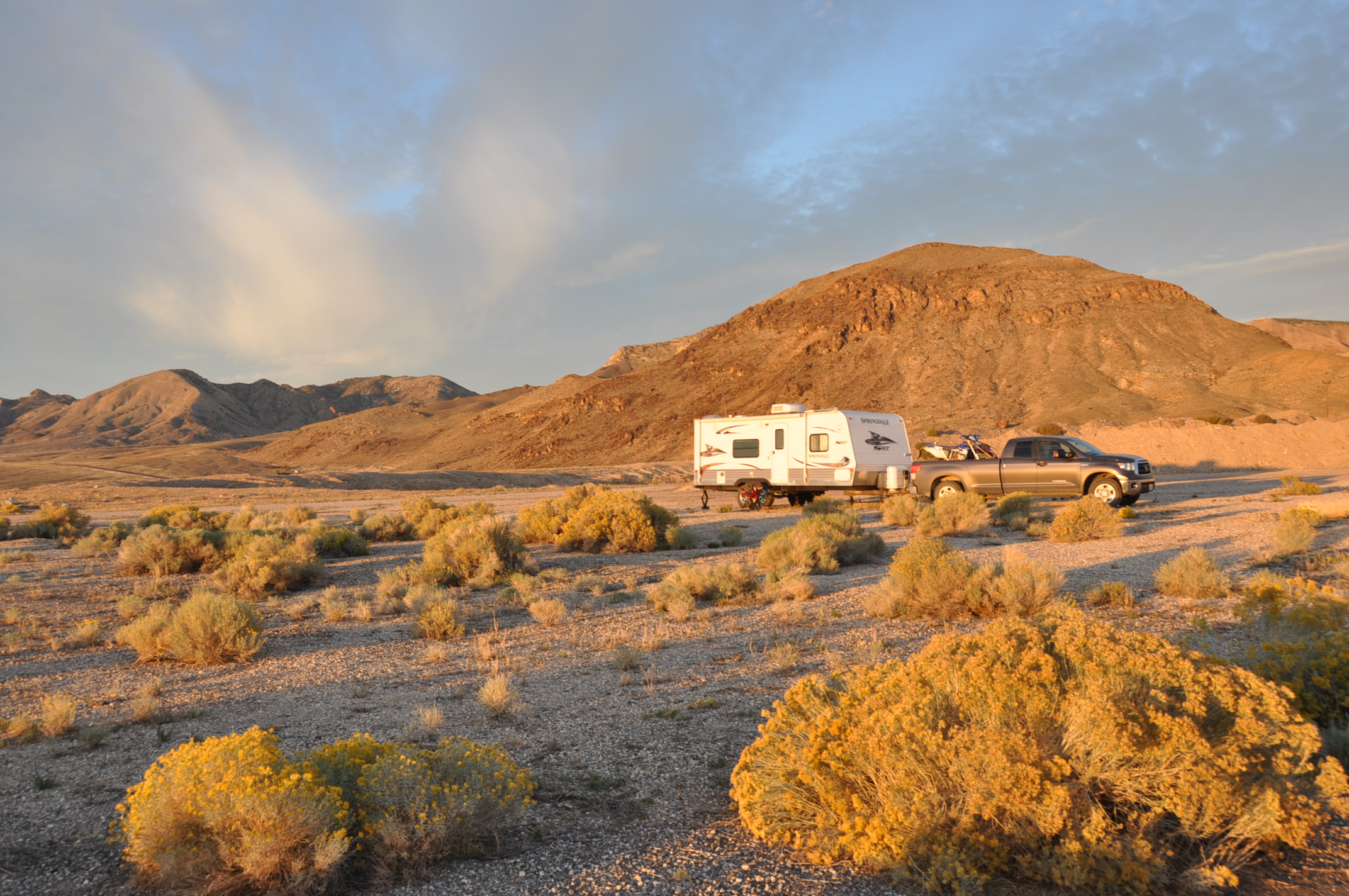
Slow Filling Fresh Water Tank? Try These Tricks
If you dry camp often and for extended periods of time, like me, you know the importance of a full potable water tank. My 60-gallon tank used to take FOREVER to fill. Not a major problem when I was filling up at home in my driveway, but a major inconvenience for me and those in line behind me when filling up while on the road at a dump station, ranger station, or other widely known public fresh water faucet.
A slow filling fresh water tank is a common problem for many RVers as blogger Nick Gatel shares,
“This was a big problem for us. We have two 50 gallon fresh water tanks and it would take an hour to fill them. The Owner’s Manual warned of this and states to fill the tanks slowly with the water bib turned to a low volume. This was completely unacceptable.”
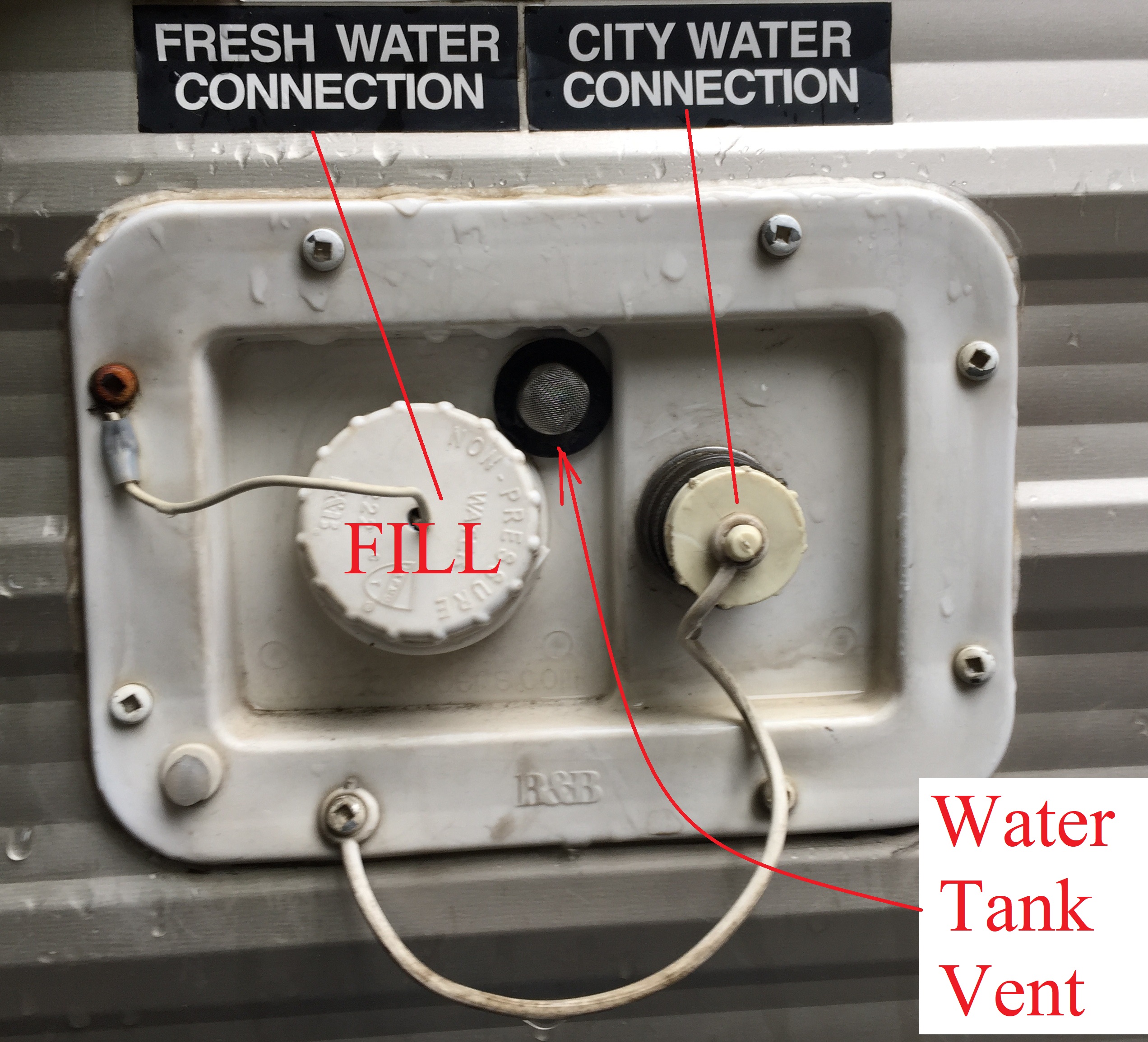
Now before I go any farther, I need to define the difference between the “Fresh Water Fill” and “City Water” to those that might just be joining the RV lifestyle.
The Fresh Water Fill is the non-threaded opening on the side of your RV that allows you to gravity feed fresh water via a hose into the RV’s fresh water tank. The hose (approved for potable water) is typically connected to a pressurized fresh water faucet, but could be connected to a container of water such as a large bladder or 5-gallon camp jug utilizing gravity or drill pump to transfer the contents.
The City Water Connection is the ¾” female threaded fitting on the side of the RV which is designed to accept pressurized water via a hose (approved for potable water) directly from a fresh water faucet.
Note: Some RVs only have a city water connection and the potable water tank is filled via a valve within the RV.
Why is my RV fresh water tank filling slowly?
- Improper intake design: There is not enough slope between the fill and the tank, restrictions in the fill line, length of the line, or insufficient diameter of the fill line.
- Improper venting: As water enters the tank, air must escape (be vented out) to make room. Vent lines are typically much narrower than the fill line and typically don’t allow for the air to escape fast enough to allow a large volume of water to enter the tank at once. If the volume of water trying to enter the tank exceeds the amount of air trying to escape, it is burped back out of the fill, leaving the RV owner the choice of spilling water or turning down the faucet to a volume the RV tank can accept.
Warning: If water is forced into a slow filling fresh water tank faster than it can vent, the tank will expand which could result in breaking the straps that secure it, damaging framing that surrounds the tank, or rupturing the tank itself.
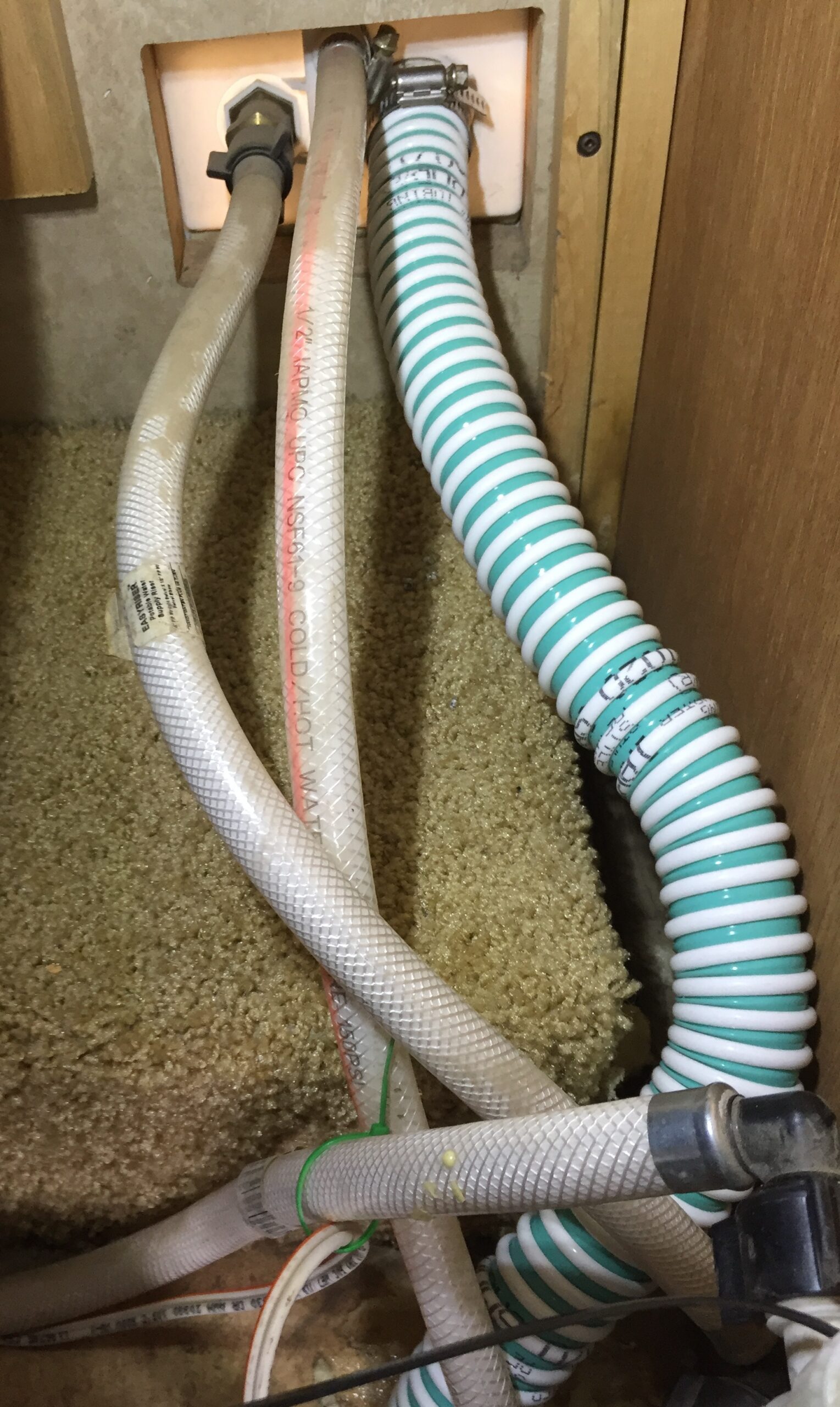
How to fix a slow filling RV fresh water tank
Check for kinks
- Check for kinks or obstructions in the vent hose between the water tank and the exterior vent which is typically part of the fill assembly on the side of your RV. If the vent is unscreened, insects can nest in the vent line, plugging it in the process.
- Check for kinks in the fill hose between the tank and the fill opening.
- Check for even and proper slope in the fill hose between the fill opening and tank. Improve if you can.
- Increase the volume of the venting system.
- Assemble a system for filling the tank under pressure.
Use a water tank filler
Consider a Secure Fill as demonstrated in this video:
Always travel with some water in your RV’s portable water tank for bathroom breaks on the way to the RV park, spare water to fill your radiator in emergencies, and to stay prepared for an unexpected night of dry camping.


